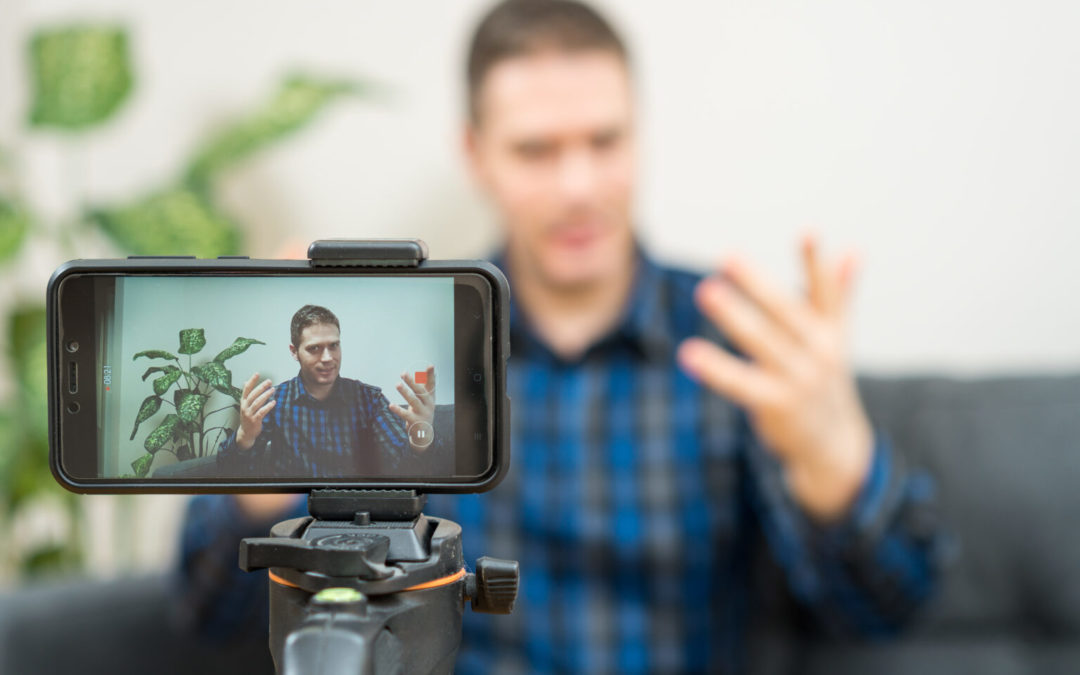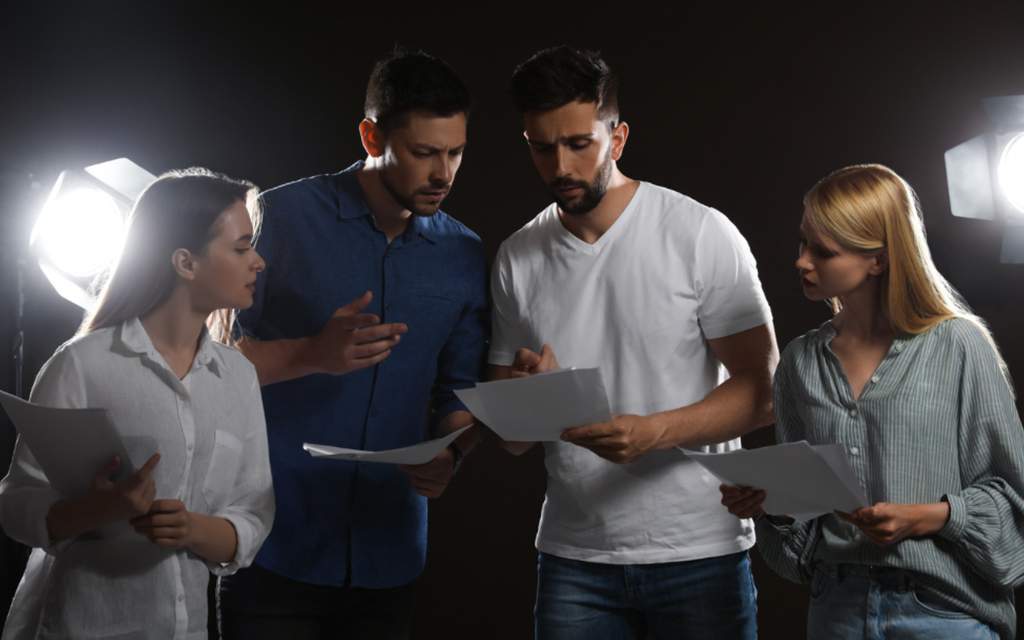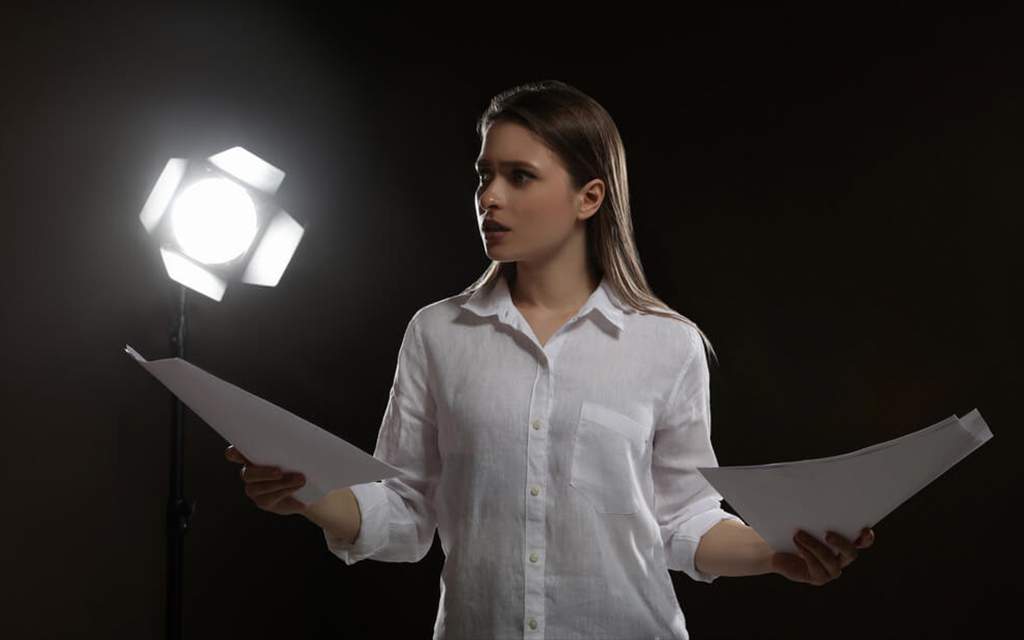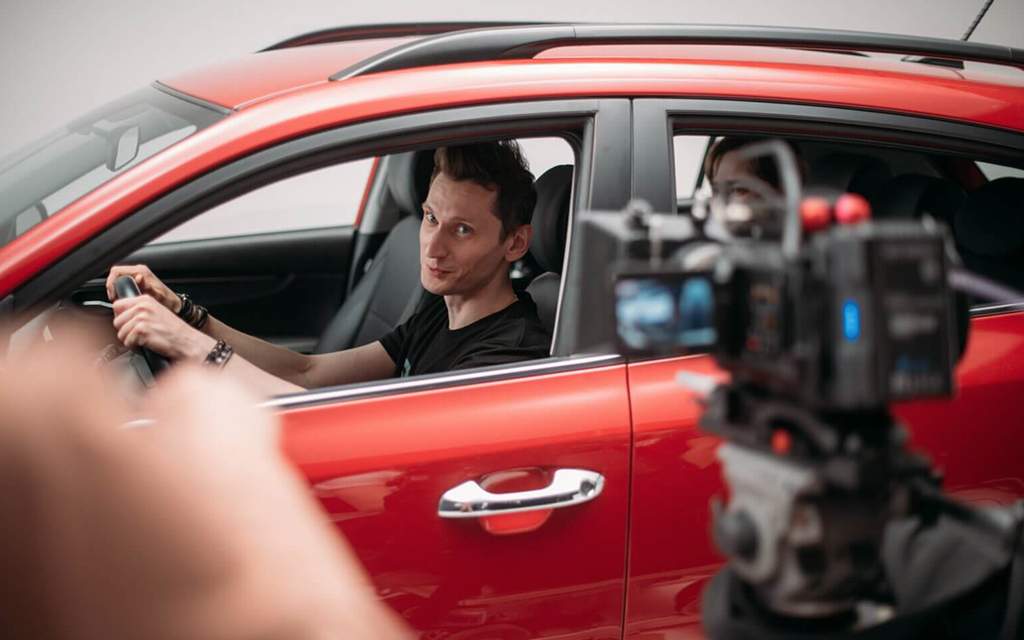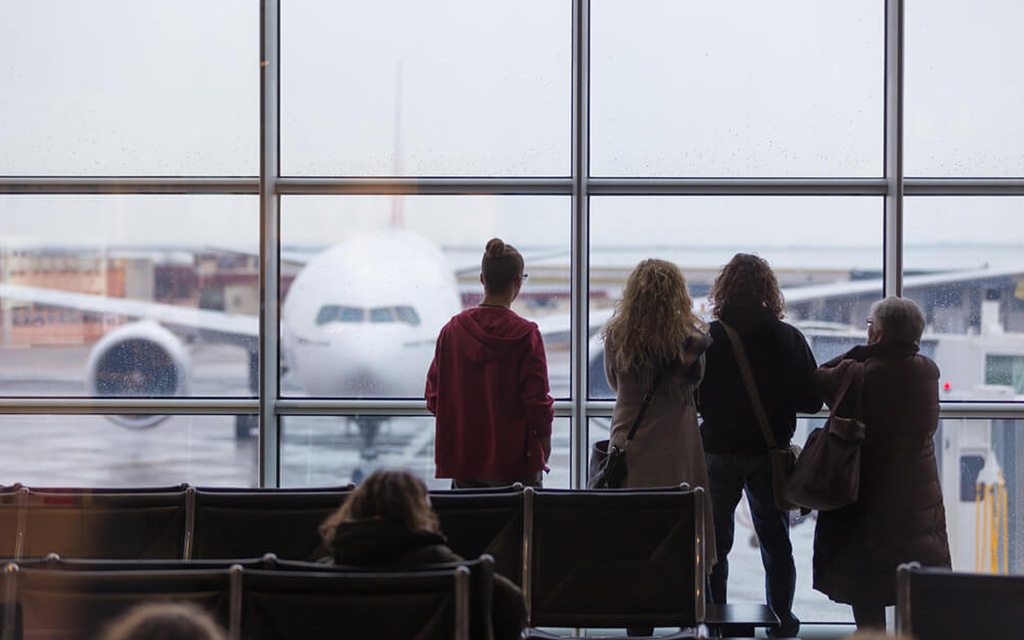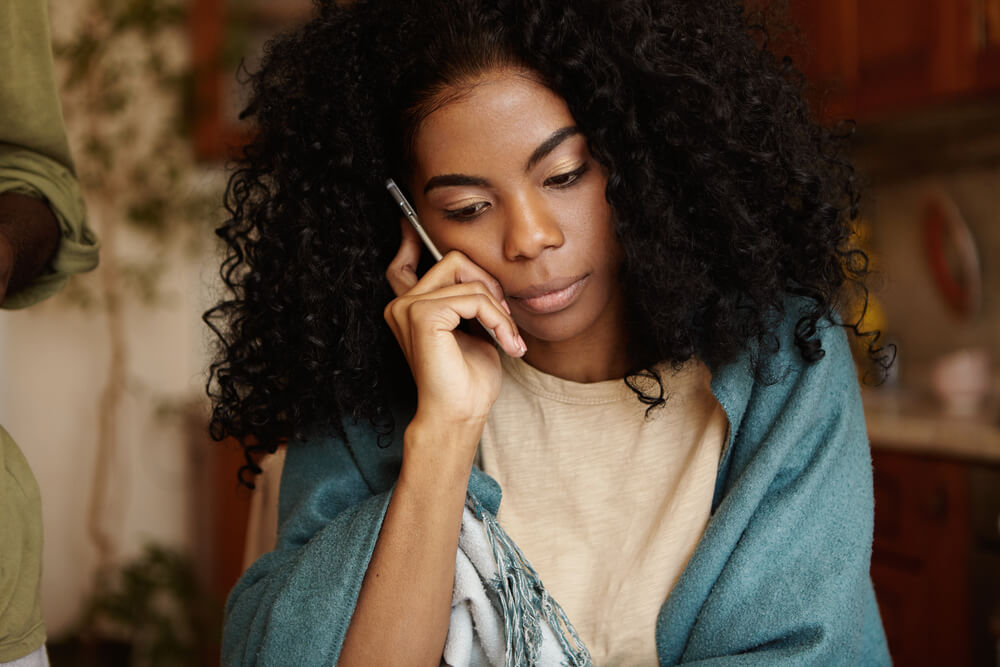Written for Casting Networks News by Terry Berland @berlandcasting.
Photo credit: M-Production/Shutterstock.com.
Self taping auditions have caused a seismic shift in commercial auditioning. Before Covid, most first-call theatrical auditions were self taped, but “not us, not for commercials!” The commercial industry quickly learned, adjusted and became innovative in the process when Covid hit. We all looked at the process as a necessary way to keep the industry safe and thriving during this time until we would get back to auditioning as usual.
Recently, the self taping first calls started to feel like the new normal and actually started to make more sense, even though our knee-jerk reaction is that we all miss the personal interaction.
Let’s look at then and now. I believe it has become appreciated as more efficient for casting and to the talent’s advantage to self tape. It’s been a real wake-up call to realize talent actually get a shot at more auditions with this system.
To understand why this is, one must understand the anatomy of setting up a casting session. A casting director has a certain amount of time slots in a day that they can fill. These time slots must be filled with great talent for it to be a successful casting session. There is a lot riding on this, as a casting director is only as good as the talent they bring to their clients. To prepare for this session, we have to look at the photos, resumes and especially some kind of reel to see a personality to decide if the talent has good enough acting chops to fulfill a role that has copy. We have a given amount of time to go through the thousands of submissions and there is a point that time, and certainly the allotted time slots run out.
With self taping, more talent get more shots at a role. During the selection process, if we feel curious about someone, we can invite them to audition and give them a chance. The anxiety of filling up that spot with someone who possibly cannot come through with a good audition is eliminated.
Instead of taking time to get to the audition, find parking, wait in the waiting room for sometimes 20 minutes to an hour, and then drive to the next audition, if you are fortunate enough to have more than one in a day, and then go through the same process for the next audition doesn’t make sense anymore. Do the math, there are not that many auditions an actor can attend in one day. Auditioning takes time and money. Let’s not forget the price of gas to get from one place to another, if you live in anywhere other than New York City.
Not only can self taping allow the talent to participate in more auditions in one day, they can also have the advantage of being able to familiarize themselves with the script, if there is one, in their own time. This has to be a tremendous relief for talent. For SAG-AFTRA commercial auditions we traditionally did not send the script beforehand along with the audition. Commercial auditions were pretty much a cold read.
Recently I had an in-person callback. I truly felt familiar with the talent from seeing their self tapes. It was a relief to have eliminated the first call process of bringing masses of people in and out of the audition room quickly like a well-oiled machine.
Weighing the scales with pros and cons, I can add that there was less stress for both talent and the casting director and everyone appreciated each other at the callback. This was a more humane, friendlier and gentler experience. This is something I can definitely get used to.
If you want to sharpen up on your commercial acting technique, follow this link to Terry Berland’s Commercial Acting workshop.

